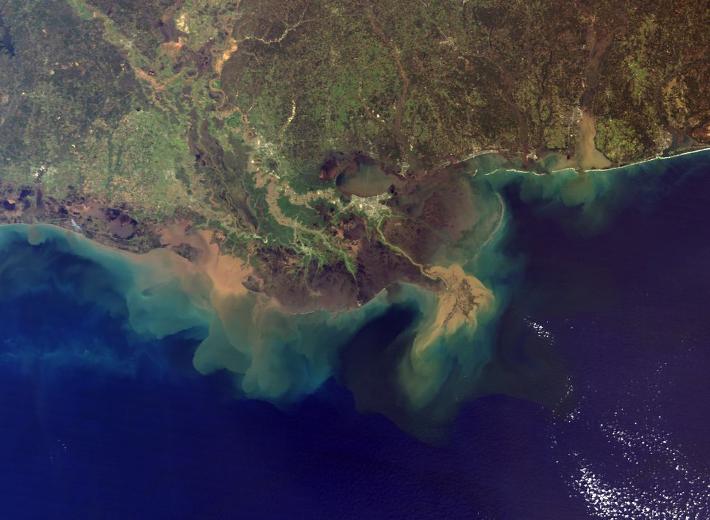
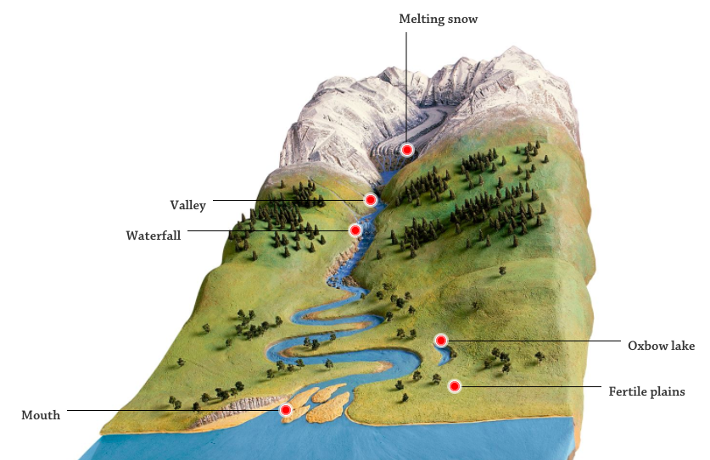
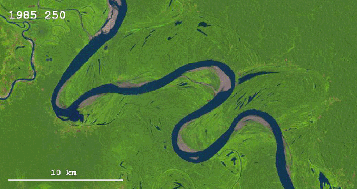
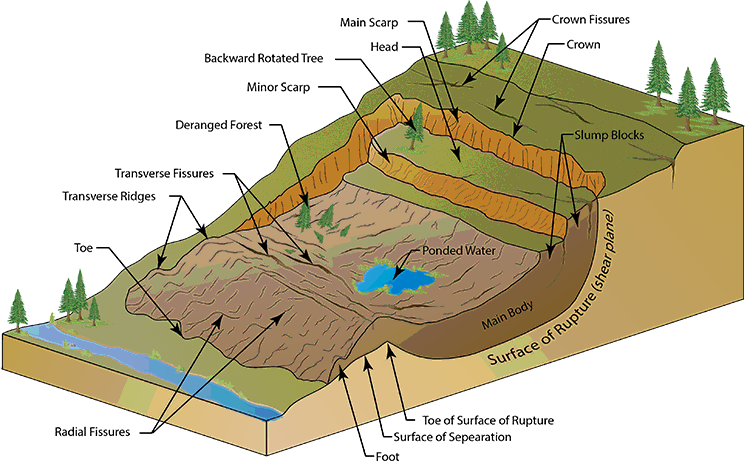

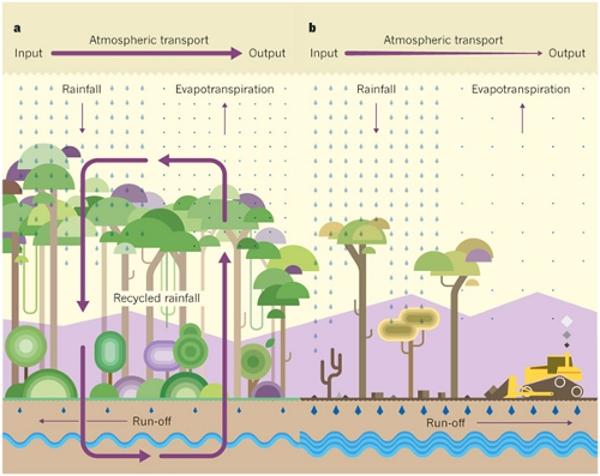
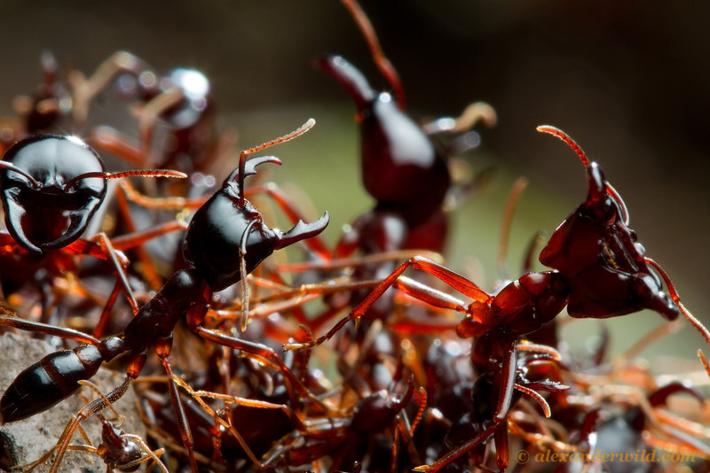
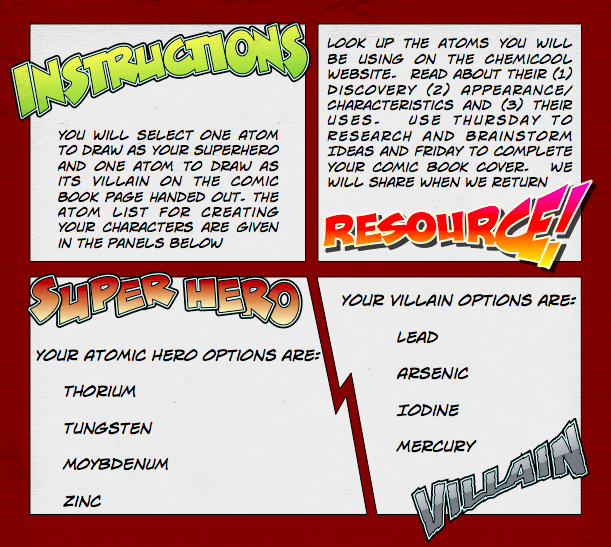
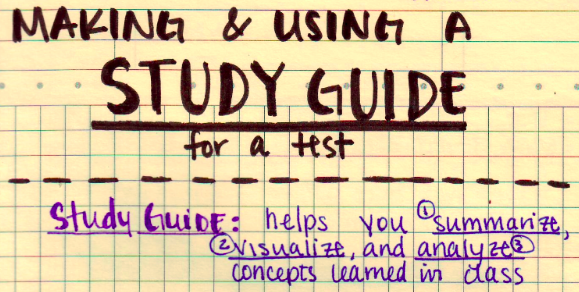
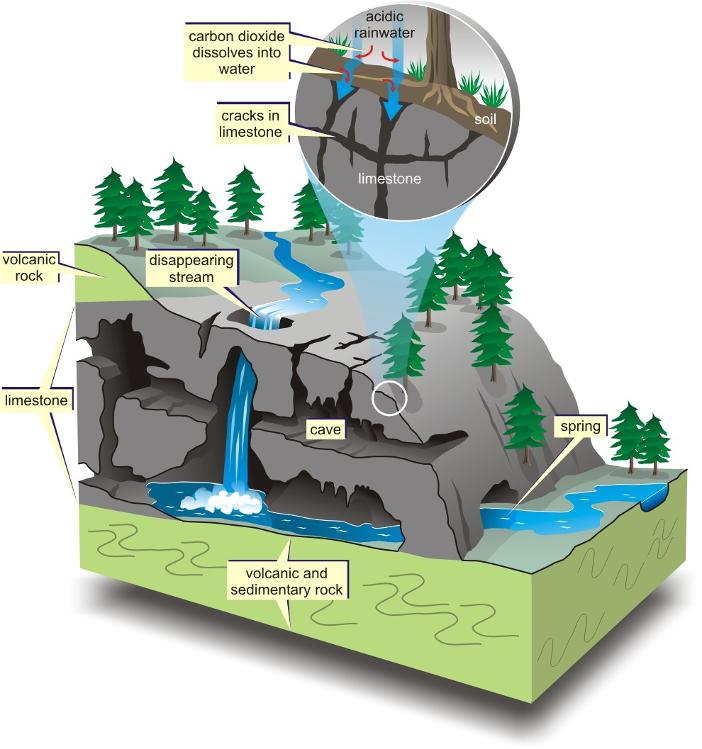

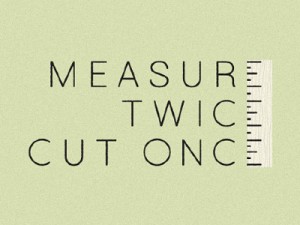

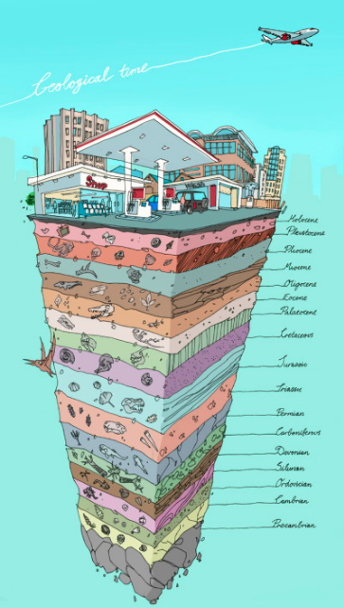
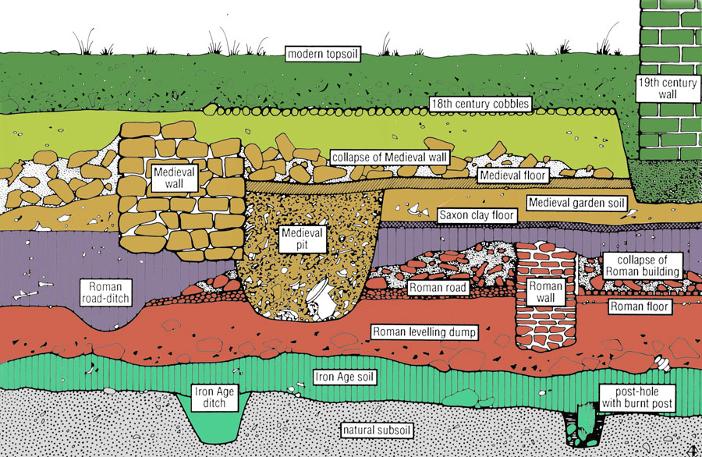
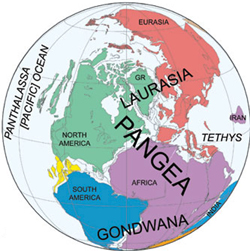
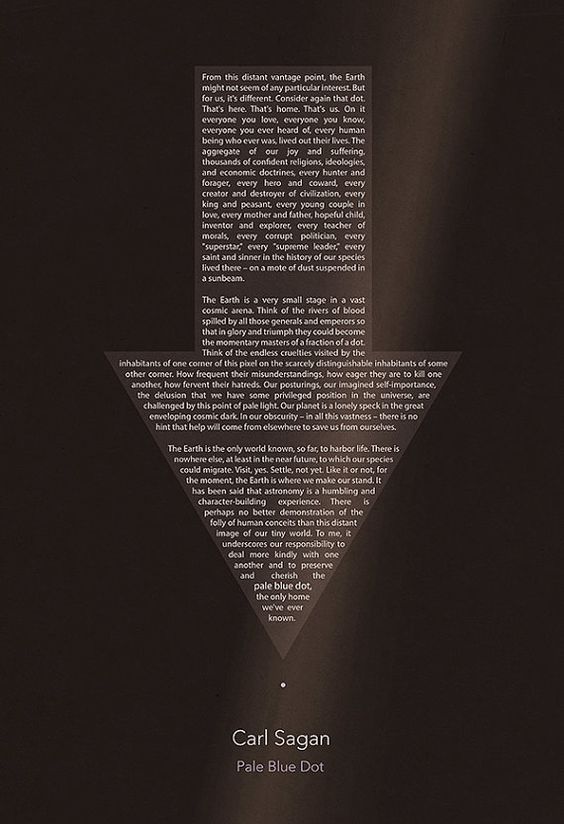
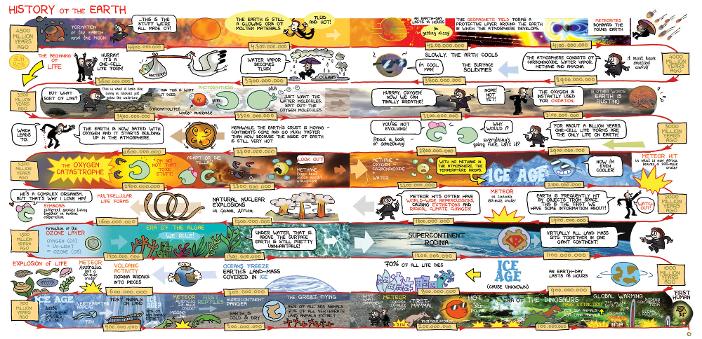
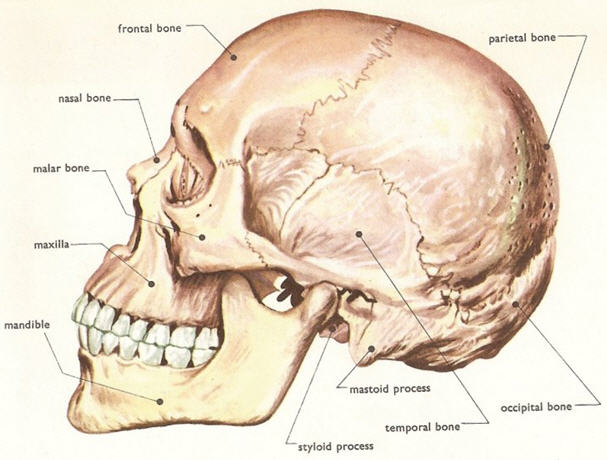
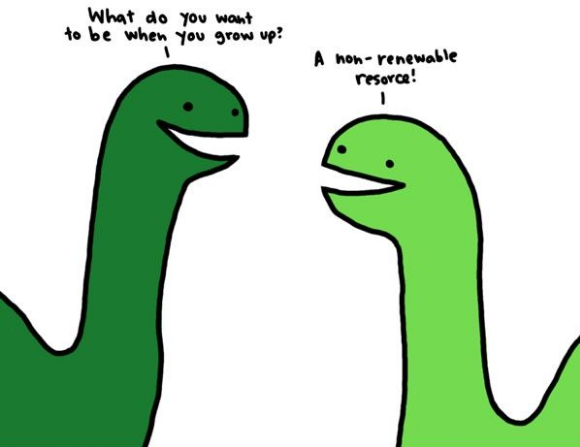
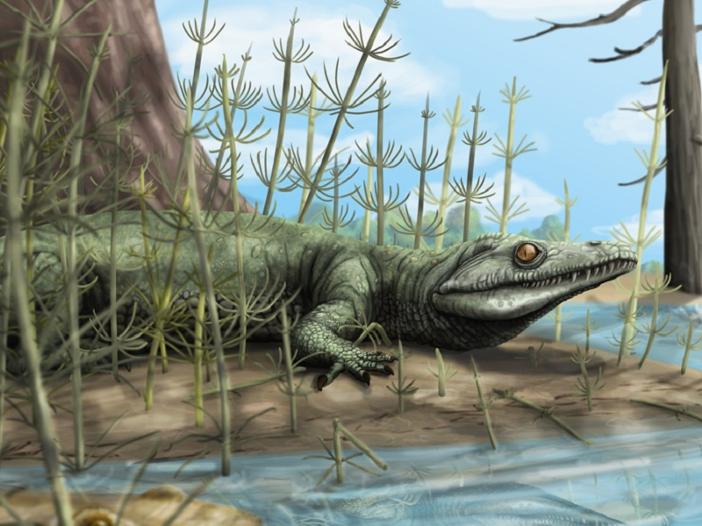

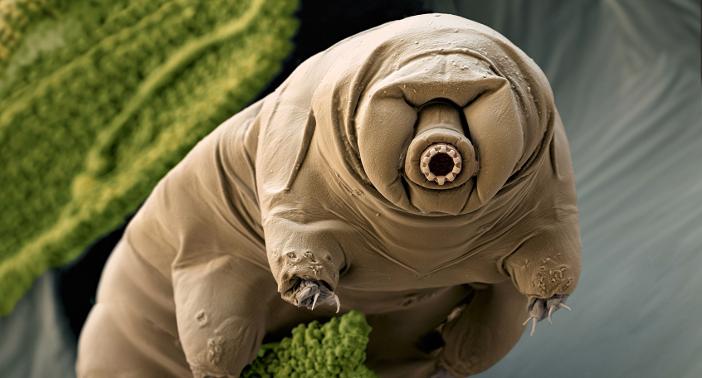
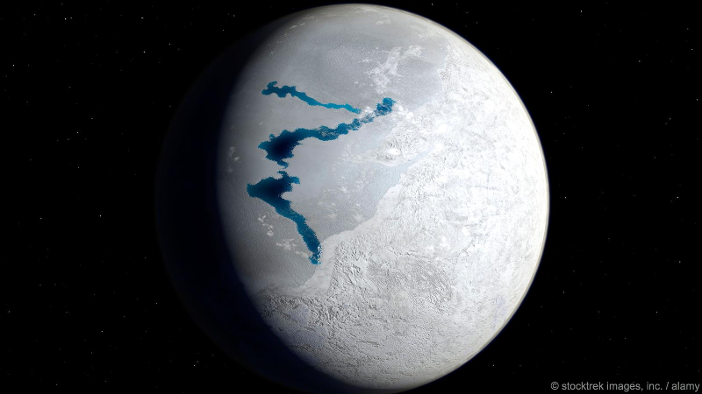
December 16
Learning Objective: Demonstrate our content mastery on the Quarter 2 Final Exam
December 12-15
Learning Objective: Explore this resource in order to learn about what glaciers are and how they shaped the land around them.
The image below is your study guide for the final assessment that we will be having on Friday. If you aren't here we will arrange an appropriate time for you.
Homework: Use the links below to study for your final assessment on this Friday.
BBC Bite Size: River Landforms
DK Find Out: Glaciers
Youtube: Deltas
Youtube: Meanders
Nico's Quizlet (great work dude)
December 9
Learning Objective: Continue working on our story boards from yesterday. These are due on next Tuesday. The cover must be colored but the panels can be B & W
Click here to check our the first dinosaur tail found preserved in amber
Homework: Enjoy your weekend and read the article above if you want to learn about this exciting new discovery!
December 8
Learning Objective: Self-assess our vocabulary for this unit and then begin doing the cover art for your "Finding Dale" story board. See December 7 for templates
Homework: Have the cover art for your story board complete. Color is encouraged
December 7
Learning Objective: Today we assess our knowledge on rivers and then wewill begin our culminating unit project called, "Finding Dale"
Here is a great resource to help you get started with your brainstorming
Dale is a water molecule that has been separated from his father's hydrogen bond by the Sun. You are going to draw a story board describing his journey throughout the hydrosphere that will reunite him with his father in the ocean.
*I did not get this idea from Finding Nemo
Homework: Continue to brainstorm creative, yet scientifically accurate ways to improve your story board for our Culminating Unit Project. Due on Monday
December 6
Learning Objective: Share out our Meander Hunt results to reinforce the concepts that we learned yesterday and then learn about river deltas.

Homework: You can choose to enjoy the music of the Mississippi River Delta
December 5
Learning Objective: Review our assessment and then continue down the river to learn about the meander of the middle course.
Homework: Complete your Meander Hunt on the Google Drive
December 2
Learning Objective: Assess our knowledge on the upper course of rivers and the water cycle. When you finish you assessment, explore the links below...
Homework: Enjoy your weekend
December 1
Learning Objective: Review our Particle Size vs Transport graph questions and see how this applies to the way rivers flow and shape the land around them

Homework: Make sure you come to class tomorrow with an understanding of the material we have covered since Monday. You will have a quiz on the upper course of rivers and the graph we reviewed.
November 30
Learning Objective: Discover how rivers change the land that surrounds them from when they start in the mountains, meander in valleys, and finally when they meet the ocean.
Homework: Check your River Transport document for my edits and if there are any, make sure you address my concerns by the beginning of class tomorrow
November 29
Learning Objective: Discuss the reading from last night and determine if the Dakota Access Pipeline adversely affects the water cycle and human rights
Homework: Finish the Google Doc that we started in class yesterday. We will review tomorrow at the beginning of class. Shouldn't take you too long.
November 28
Learning Objective: Review our Essential Questions and then learn about what rivers are and how they contribute to land formations (how they change land)
We will start class by watching a BrainPop to learn about how rivers flow and then we will check out how a river changes its shape in a 30 year time-lapse
Homework: As an optional reading assignment, you can learn about the Dakota Access Pipeline. I am curious to hear your opinion on the following...
1. Do you agree with the protestors?
2. Can you think of anything similar that has happened like this in Brazil?
3. How does this relate to what we have been learning in class?
November 23
Learning Objective: Assess our knowledge of the water cycle and afterwards have the option to learn about the deadliest landslides in recorded history...

Homework: If you do not think you did well on the test, you have an option of creating a creative short story about a landslide that uses 20 words from the word bank posted on November 22. Worth +2 points and due tomorrow.
November 22
Learning Objective: Understand how the water cycle works, beginning with energy input from the sun. Tomorrow we will assess what we learned today
You can use the image below if you need to reinforce what we learned and I have included a screenshot of the words you will need to know for the quiz
Homework: Make sure you are prepared for the quiz tomorrow.
November 21
Learning Objective: Clarify questions I had after listening to groups 1 and 2 present and then learn how deforestation affects the water cycle...

Group 3
6. During evaporation, are covalent bonds within the water molecule broken or are hydrogen bonds between water molecules broken?

Homework: Quiz on Wednesday on the water cycle.
November 16 & 17
Learning Objective: Demonstrate that you have mastered the basic concepts behind the water cycle. You will be creating a Google Slide with your group that you will be presenting to me on November 18 when I return from Gavea
Presentation: 10 minutes on how water moves through the hydrosphere (water cycle) and the impact deforestation have on the water cycle.
Group 1: Duda, Catherina, Vitor, Lucas
Group 2: Felipe, Deborah, Felix, Preksha
Group 3: Davi, Mariana, JV, Jordan, Carol
November 14
Learning Objective: Use our knowledge of elements to complete our comic book cover art and learn about some of the ants we saw in Tiradentes.
Click here for an awesome documentary on ants

Homework: Have all comic book covers handed in by Friday
November 3 and 4
Learning Objective: Use our knowledge to create anthropomorphized atoms for a comic book design. This will require the use of both logic and creativity!
Here is the website that you will use as your resource for making your design
Make sure that you review the agenda for Thursday and Friday as well as the instructions posted below in the comic panels. I am trusting you to read this
Thursday Agenda
1. Read the instructions below
2. Use resource link above to learn about the atoms listed below
3. Use the small paper to make a rough draft of your cover design
Friday Agenda
1. Use the large paper (A3) to make the final comic cover design (color)
2. If you finish early you may work on your study guide or explore any of the video links on caves or atoms

Homework: None
November 1
Learning Objective: Reinforce your what you know about the basics of atoms and molecules by creating a visually appealing study guide for beginners. But first lets check out a cool video on rare, stable elements...

Homework: Study Guide is due Friday at the end of class
October 31
Learning Objective: We will learn how caves are formed so we have a better understanding of what we are looking at when we visit Gruta Casa da Pedra

Homework: You can choose to watch the Planet Earth documentary "Caves"
October 28
Learning Objective: With the Internet down today, we will be doing a high- school style lecture where we will learn how atoms interact to create stars!
Homework: Enjoy your Halloween
October 27
Learning Objective: Today we will review our assessment questions #1-7 to check for gaps in our knowledge. After, we will reinforce what we have learned by answeringquestion #8 in the Google Drive.
Homework: Question #8 will be due tomorrow at the beginning of class. Remember that you were given time to complete this in class and study hall.
October 26
Learning Objective: Assess our content mastery of atoms and molecules.

Homework: None
October 25
Learning Objective: Learn about the subatomic particles that make up atoms
This PBS Learning site gives a very good review of the properties of atoms
Homework: Use the work we have done in class, the BBC link from yesterday, and the link from PBS located above to study for your quiz
October 24
Learning Objective: We will learn aboutthe molecular structure of water.
Homework: Use this website and this period table to answer the questions on the Google Doc labeled Atomic Study Guide.
ESSENTIAL QUESTIONS
o What is water?
o How does water move in the hydrosphere?
o What affect does water have on land formations?
o In what ways are humans affecting the water cycle?
October 21
Learning Objective: Complete our visual guide to the Anthropocene. While we didn't get a chance to finish in class, students can take ownership and complete this project whenever they have the time outside of class.
Update: The mural was finished during the student's recess time! Way to take ownership of your responsibilities and follow through 6th graders!!!
Homework: Enjoy your weekend. Next week we will be very busy with our new unit that will make our Via Sapientia trip more meaningful.
October 20
Learning Objective: Accomplish our checklist from yesterday in order to have our mural completed by Friday. Remember, you are using visual imagery to inform people about how the Anthropocene is different from the Holocene!
Homework: None
October 19
Learning Objective: Continue the construction of our board mural. By the end of October 20th, we should have accomplished the following checklist items...
1. Trees and Grass
2. Fossils and Trash
3. Buildings and Favela
4. Finish the World
Homework: None
October 18
Learning Objective: Begin the physical construction of our board murals. It is recommended that you measure the size of all objects before you begin to draw and cut them so they fit your tape lines neatly and add to the symmetry

Homework: Continue to brainstorm ways to make your mural beautiful.
October 17
Learning Objective: Create a division of labor and place marker lines on our wall to begin physically constructing our Anthropocene mural for visitors. We will also be using Google Drawing to do some planning work based on ratios
Homework: Come to class with a checklist prepared of the goals/tasks you need to have accomplished for the work you are doing on the board mural.
October 14
Learning Objective: Work collaboratively on a final design for our wall mural.
Homework: Enjoy the weekend.
October 13
Learning Objective: Provide each other with feedback on our mural rough drafts and then collaborate as a learning community to design our mural!
1. Feedback: Take 15 minutes to provide each other with feedback using the protocol posted on the board. Here is the Google Document for this.
2. Mural: Now that we have all seen each others work, we need to come together to create the general design that we are going to implement.

Homework: Read the Secret History of the Modern Chicken and fill out your English reading log. Remember, vocabulary is the key to comprehension!!!
For those looking for a more advanced reading to test their comprehension, I recommend this optional article, How the Chicken Conquered the World
October 11
Learning Objective: Today we will finish our mural rough drafts that will be on display at the AASA Conference here at Barra. You should also be able to describe to somebody what the Anthropocene is clearly and concisely!
Homework: Have you mural rough draft ready for presentation on Thursday. Must be submitted on large paper distributed in class and done in color.
October 10
Learning Objective: Have a gallery walk of our work from Friday and come to a consensus on what makes a visual representation appealing to a viewer.
Homework: Continue to research the link from October 6. Each person should have read, watched, and done all interactive websites by tomorrow.
October 7
Learning Objective: Read Article #2 and then translate its message into a visual form as a part of our background research and planning for the mural
Homework: Finish your visual representation of the Anthropocene article
October 6
Learning Objective: Begin background research on the Anthropocene for our mural we will be designing.
Homework: Complete 1 of the 2 reading resources and log it for English.
October 5
Learning Objective: Review our assessments so we can see where our gaps in knowledge are and once we have identified them we will fill them in.
When doing your revisions, please address the following...
1. Scientific accuracy
2. Appropriate chronological sequencing of events
3. Smooth transitions from one event to another
4. Grammar
Homework: Have your 400 word History of the earth revision completed
October 4
Learning Objective: Demonstrate content mastery of relative dating. When you finish the assessment, feel free to explore the NanoSpace Molecularium
Homework: None
October 3
Learning Objective: Our objective is to use our graphic literacy skills from ESRT 8/9 and relative dating knowledge to make our own strata diagrams.
Homework: Please complete the following...
1. Sign up for Newslea using the following link
2. Read the article, "Stomach bugs in mummified "Iceman" yield clues about human migration" and fill out your English reading log. Please pay special attention to vocabulary and summarizing the main point of the article.
September 30
Learning Objective: Today you will implement the skills you learned yesterday and the vocabulary you acquired to conduct relative dating

|
Relative Dating of Bedrock.pdf Size : 379.498 Kb Type : pdf |
Homework: Enjoy the weekend.
September 28
Learning Objective: Today we will learn vocabulary specific to relative dating to interpret the Earth's history. This relates to the first essential question

Homework: You will have an assessment on Friday regarding the vocabulary terms and relative dating presented in this lesson. Study accordingly please
September 27
Learning Objective: Learn about the evolution of the human species and what our ancestors looked like as you travel back in geological time.
Before we start, lets take a look at the evolution of Homer Simpson
Take 10 minutes to individually reflect on these three topic starters...
1. After reading this chapter, do you think differently about your past and what was the one thing that surprised you the most?
2. Are there any parts of this reading that you found difficult to believe or need clarification on?
3. Can you explain the logic behind why somebody would not believe in the things that this chapter is saying?
Homework: Read 'The Mysterious History of New York City’s Inwood Mastodons' and fill out your reading log for English.

|
Mastadons of New York City.docx Size : 449.24 Kb Type : docx |
September 26
MAP TESTING (Reading)
September 23
Learning Objective: Discover how fossil evidence supported the idea of plate tectonics by completeing Wegener's Puzzling Plate Tectonics Lab
Make sure that you follow all of the instructions in order or else you will not acheive the days objective!

Homework: Continue reading Chapter 2 in The Magic of Reality that was assigned earlier this week on Wednesday. I have decided to cancel the quiz and instead, I want you to focus on how this chapter relates to the work we have been doing on fossilization and our forensic anthropology work.
September 22
Learning Objective: How can fossil evidence be used to support the Theory of Plate Tectonics? We will conduct a brief lab to explore this.
Key Terms
Homework: Finish Chapter 2 in The Magic of Reality by Monday as per our democratic class decision. There will be a quiz on this as discussed in class
September 21
Learning Objective: Share our our fossilization short stories and finish the work that we began on our skull classifications from September 14
Homework: He is what is in store for the rest of the week...
Thursday there will be a fossilization requiz
Thursday your Forensic Anthropology assignment is due
Friday the Magic of Reality Chapter 2 Quiz will be given based on the reading from that chapter (this also counts towards Ms. Jen's homework)
Friday you can turn in your revised Fossilization Quiz essays for 1/2 points
September 20
World Peace Day

Homework: Please read the words in the image posted above.
September 19
Learning Objective: Review and give feedback to our peers on their History of the Earth assessments from September 16. We will use the groups below:
Grader Group 1: Carol, Felix, Mariana
Grader Group 2: Catherina, Duda, Lucas, Vitor
Grader Group 3: Daniela, Felipe, Luiza, Deborah
Grader Group 4: JV, Preksha, Davi
Homework: By Wednesday at the beginning of class, pleasehave your forensic anthropology work from last week completed.
September 16
Learning Objective: Demonstrate content mastery of the History of the Earth

Homework: Enjoy your weekend
September 15
Learning Objective: Continue our teamwork as forensic anthropologists. Use the link below for a 360 degree view of an anatomically modern human skull
Homework: Please study (20 min) for your paragraph assessemtn tomorrow that will have you describe the history of the Earth in 400 words or less.
September 14
Lesson Objective: Today you will act as forensic anthropologists, placing human fossil specimens into 3 categories based on their physical attributes. Click here for the Smithsonian 3D catalogue of ancient human skulls.
Prior to that we will determine what type of fossil are represented below and we would like to thank Felipe and his family for providing these real samples

Homework: Continue the assignment from Monday
September 13
Lesson Objective: Conclude out discussion of the fossilization process by reviewing the Teyajuagua article and also how it relates to ESRT 8 and 9.
Homework: Continue the homework from Monday
September 12
Lesson Objective: Peer review each others work pointing out areas of strength and areas for growth.
Homework: By Friday, please have the The 25 Biggest Turning Points In Earth's History completed. You have already done the first 10 and my expectation is that by Friday you can answer the following question...
How has the Earth changed from its creation to the present day? The level of detail you provide is up to you but my suggestion is that you put a timer for 20 minutes each night to study and use some time in study hall to work.
September 9
Learning Objective: Assess our knowledge of the process of fossilization

Homework: Make sure that you are caught up on all assignments
September 8
Learning Objective: Continue writing our creative short story based around scientific facts of fossilization. For those looking for an extra challenge, click here for an article on a new fossil discovery in pre-historic brazil. There is a Google Drive document titled "Teyujagua" you can fill out and for those that do, I will be offering you a special privilege at some point in the future.

Homework: Short story due tomorrow and quiz moved to tomorrow.
September 7

September 6
Lesson Objective: Prior to going to the Independence Day celebration we will review the different types of fossilization methods found in the diagrams.
Homework: Creative story due date moved to Friday
September 5
Lesson Objective: Choose an index fossil from ESRT and write a creative short story about that organism become a fossil. Details are as follows...
1. First must describe the time and the environment that you live in.
2. Then must accurately describe how you became a fossil choosing one of the six types from the 3rd slide posted on September 2nd
3. Finally, you need to tell how you were discovered (this can either be a real or a made up story)
Homework: Have your creative short story finished by the beginning of class on Thursday and study for the fossilization quiz on Thursday.
September 2
Lesson Objective: Assess our knowledge of how to use a reference table and how the process of fossilization occurs.
How Fossils Are Made
Homework: Please have your thought bubbles completed by the beginning of class on Tuesday.
Enrichment: Click this link to see how my home city of LA became the best place on Earth to find extinct species from the Pleistocene Epoch.
September 1
Lesson Objective: Review vocabulary for the History of the Earth and correct our work on ESRT 8 and 9 in order to clarify any errors or doubts.
Homework: Create 10 questions for ESRT 8 and 9 as well as an answer key
Tomorrow while you take you assessment I will be checking for the following
1. Activity #1-3 completed in the Geological History of Time slides
2. The first 10 events completed in the 25 Turning Points in Earths History on the Geological History of Time Slides
3. ESRT 8 and 9 slide completed
4. Snowball Earth questions answered
August 31
Lesson Objective: Students will use ESRT 8 and 9 to answer various questions regarding the History of the Earth using yesterdays Google Slide
Homework: Complete the first 10 turning points in the history of the Earth
August 29
Learning Objective: Using graphic literacy improve our understanding of Geological Time and the events that occurred throughout it.

|
Earth Science Reference Tables (ESRT).pdf Size : 1337.021 Kb Type : pdf |
Homework: Complete the 3 questions regarding ESRT 8 and 9 from today
August 26
Lesson Objective: Conclude our introduction to geological time and look at how some extreme organisms can survive Earth's harshest periods in time

Homework: Optional reading to learn more about tardigrades and other awesome extremophiles found on Earth.
August 25
Learning Objective: Continue to learn about the concept of geological time and how the Earth has changed leading up to the evolution of our species

Homework: Answer the following questions on Google Drive in the Snowball Earth document. Please be as thorough as possible...
1. How could organisms survive Snowball Earth?
2. Come up with two theories of how our planet got out of Snowball Earth (how did it go from Snowball Earth to a warmer climate)?
August 24
Learning Objective: Introduction to the concept of geological time and how the Earth has changed leading up to the evolution of our species
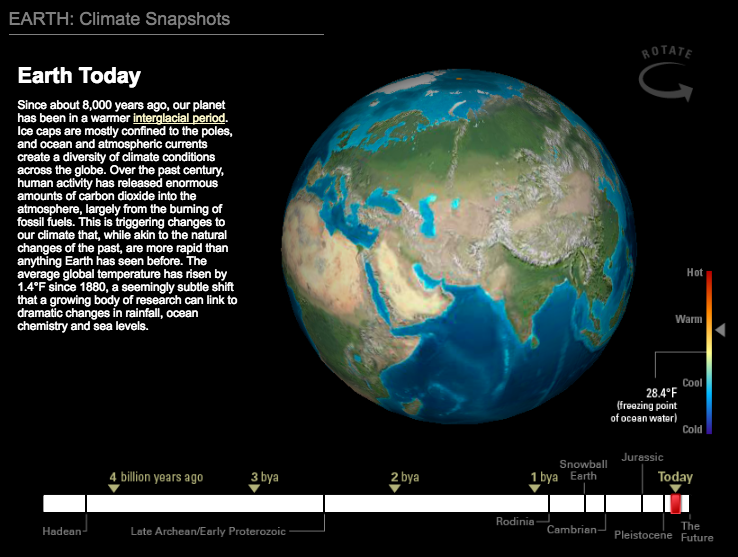
Homework: Complete the work we began in class about our time traveling rabbit. Be detailed in your descriptions and we will review this tomorrow.

|
2.1 Introduction to Geology.ppt Size : 3185 Kb Type : ppt |
HISTORY OF THE EARTH: ESSENTIAL QUESTIONS
o How can graphic literacy help us understand the history of the Earth?
o How can we use fossil evidence to support the Theory Plate Tectonics?
o What can relative dating tell us about the geological history of the Earth?
o How does human evolution play a role in the history of the Earth?
August 23
Learning Objective: Review classroom procedures and understand our responsibilities as a part of this learning community

|
Science Syllabus 2016-2017.docx Size : 38.98 Kb Type : docx |
Homework: Complete your 200 word account of the history of the Universe. The assignment can be found in the 7th Grade Drive
*By next Monday have a 4 ring, 1 in (2.54 cm) binder